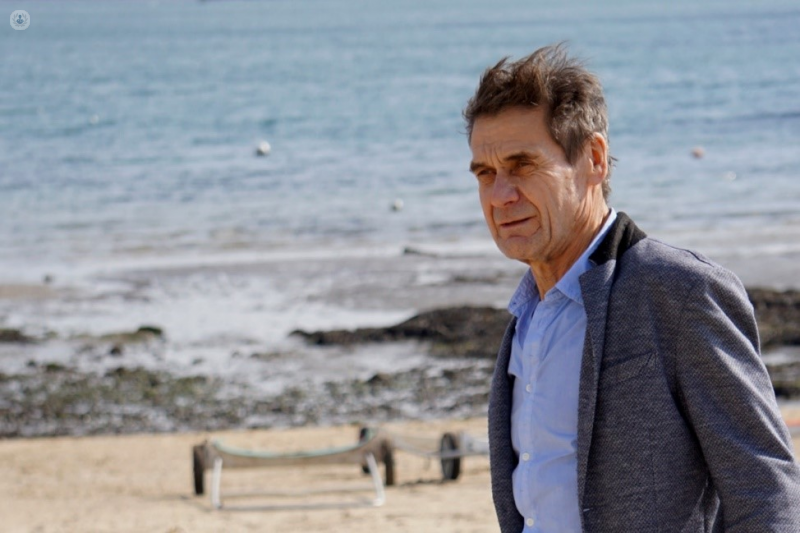A stroke in your eye? Retinal vein occlusion explained
Written by:What exactly is retinal vein occlusion, and why is it sometimes referred to as “eye stroke”? We turned to leading London ophthalmologist Mr Praveen Patel for an explanation:

Why is retinal vein occlusion sometimes referred to as an 'eye stroke'?
Retinal vein occlusion happens when there is a blockage to one or more of the veins which drain blood from the retina (the light detecting layer of cells at the back of the eye).
Some people refer to retinal vein occlusion as an eye stroke because it causes a sudden loss or blurring of vision – similar to what happens when a stroke affects the vision. Blockage to retinal veins leads to bleeding into the retina and a lack of oxygen.
Both of these lead to reduction or loss of vision, unless the condition is treated.
What causes retinal vein occlusion?
The common cause of a retinal vein occlusion is when a blot clot (thrombus) blocks one of the retinal veins or when hardening of a retinal artery presses on a neighbouring vein leading to a blockage of the vein.
There are many risk factors for retinal vein occlusion and although they can happen at any age, we are more likely to get a retinal vein occlusion when we get into our 60s or older. Other common risk factors include:
- high blood pressure
- diabetes
- high cholesterol
- smoking
- raised eye pressure (glaucoma)
Are there different types of retinal vein occlusion?
There are two main types of retinal vein occlusion - central retinal vein occlusion and branch retinal vein occlusion.
Central retinal vein occlusion (or CRVO) is caused by a blockage to the main retinal vein draining blood from the retina.
Branch retinal vein occlusion (BRVO) is due to blockage of one of the four smaller retinal veins, each of which drains blood from a quarter of the retina. Hemi-retinal vein occlusion is when two of these smaller veins become blocked.
Although central retinal vein occlusion is less common than a branch retinal vein occlusion, it can be more severe, affecting more of the vision.
How is retinal vein occlusion diagnosed?
Retinal vein occlusion is diagnosed by an examination of the eye and retina together with tests which take pictures or scans of the retina.
When ophthalmologists examine an eye affected by retinal vein occlusion they can see a particular pattern of bleeding in the retina. Sometimes ophthalmologists need to carry out a dye test or fluorescein angiogram to find out more about the blood circulation in the retina to help diagnose retinal vein occlusion.
A fluorescein angiogram involves injecting a small amount of yellow dye into a vein in the arm. The yellow dye travels to the eye in the blood and scans and photos can be taken to follow the path of the dye into the retina. This helps to tell whether the blood supply to the retina is abnormal and whether some of the blood vessels have been damaged as a result of the retinal vein occlusion.
After retinal vein occlusion has been diagnosed, there are a number of treatment options available. Read more below:


